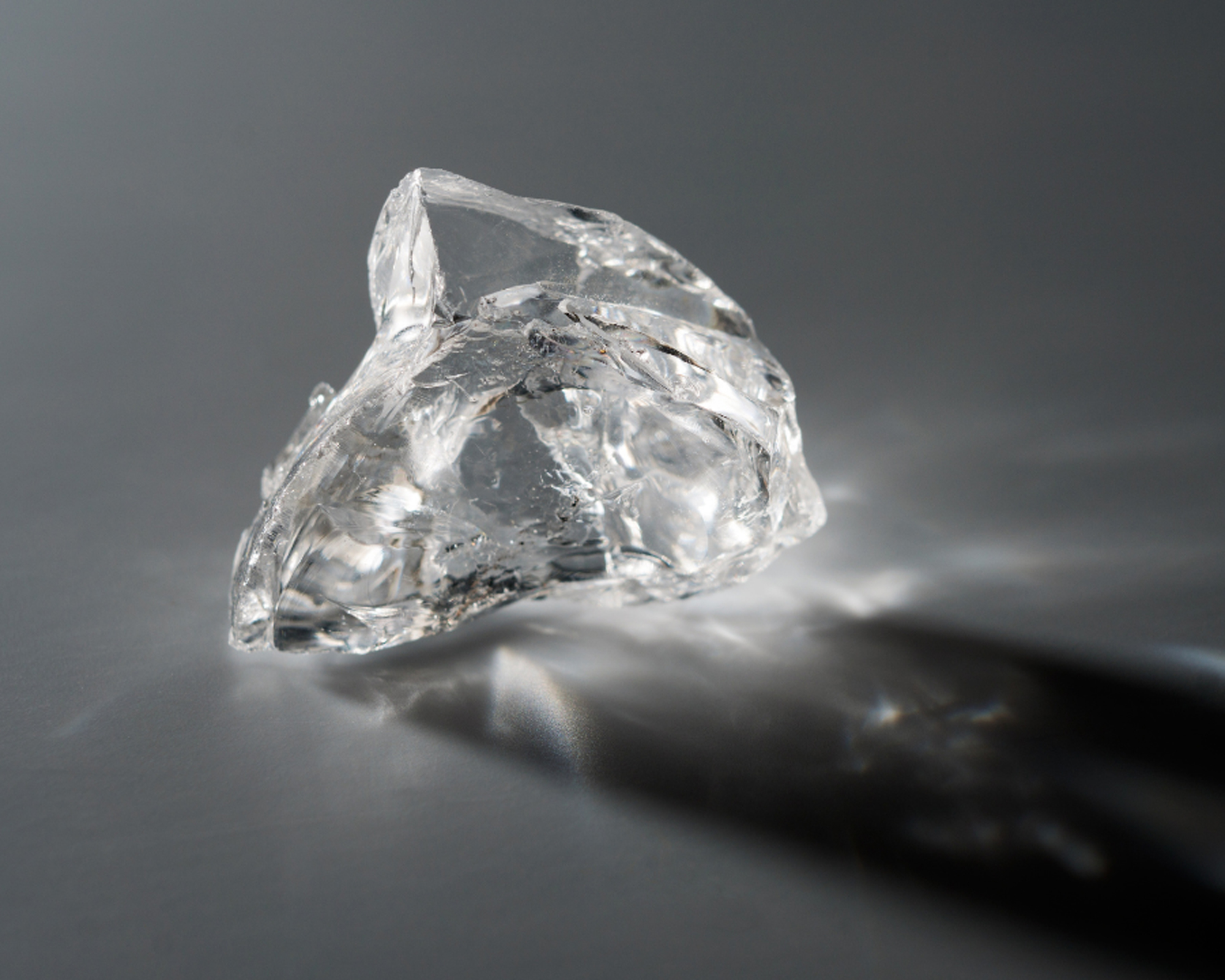Diamonds: Lab-Grown or Natural?

Lab diamonds Vs natural diamonds. Many of my clients have asked, what’s the difference? A lab diamond is manufactured in a laboratory by humans over the course of a few months, instead of through intense heat and pressure under the Earth’s crust over the course of 3 billion years. They look the same, because they are the same. There’s no chemical or molecular difference between a lab-grown diamond and a natural, mined diamond. Let’s break it down a bit more to help you decide which to have in your jewellery…
Why choose lab-grown?
1. Lab-grown diamonds have less impact on the planet
Diamonds are a girl’s best friend, said Marilyn Monroe. But they’re not always the planet’s best friend. It’s difficult to trace the origins of a natural diamond to discern whether it was ethically sourced, and mined diamonds have become infamous for high environmental and humanitarian costs. On the other hand, it’s much easier to trace the journey of lab-grown diamonds.
Here comes the science bit…
Like natural diamonds, their manmade alternatives are created from pure graphite carbon. To get them to diamond form they go under one of two processes. The High Pressure, High Temperature (HPHT) system, uses temperatures of around 1500C and a pressure of 1.5 million pounds per square inch in a chamber. Another more recently adopted process called Chemical Vapor Deposition (CVD), involves a chamber filled with carbon-rich gas heated to 800C.
The amount of electricity used to replicate heat and pressure in the lab is obviously pretty intensive, but efforts are being made by manufacturers to harness solar power. And the environmental impact that diamond mining creates is avoided (according to the Diamond Council an estimated 250 tonnes of earth are shifted and 57kg of carbon are released into the atmosphere for every single carat of mined diamond).
2. The path to perfect the diamond is easier
It’s much easier to manufacture a perfect crystal clear carbon diamond with a hardness of 10/10, than it is to find one.
3. Lab-grown diamonds are cheaper
Cost is a great consideration as lab-grown diamonds, also known as synthetic diamonds, are much more affordable. I can source a lab-grown diamond of equal quality at a third of the cost of a mined one.
4. Synthetic diamonds are growing in acceptance
Even the rich and famous are now happy to wear them. In January 2019 Meghan Markle was photographed by the press in London. That’s not unusual, but this time it wasn’t just her stylish clothing that caught the media’s attention – it was her pair of drop earrings adorned with lab-grown diamonds.
5. More aesthetic choice
Because of their bespoke creation, you can also buy lab-grown diamonds in a wide variety of colours that are considered very rare in nature. Fancy that!
That’s 5 great reasons to go for man-made diamonds, read on for the benefits of nature-made diamonds…
Why choose natural?
1.Natural diamonds are the “real thing”
Unless you really know your GIA grades, the only way most people can tell a lab-grown diamond from a mined diamond is to have it tested by scientists in lab conditions. However a diamond setter I know who sets diamonds all day, every day of the working week, think’s that lab-grown ones “don’t have quite the same look”. And if it’s man-made, is it even a precious stone anymore?
2. Natural diamonds are more financially valuable
Money talks. Because of their prestige, the resale value of a natural diamond is always rising, whereas lab-grown ones currently lose value. If you’re opting for synthetic you need to be confident you aren’t going to be trading in your ring in a few years.
3. There ARE ethically sourced natural diamonds out there…
Despite their bad press on the ethical front, there are initiatives that help to source natural diamonds that aim to ensure it’s origins are kind to the planet and the people who mine them. Diamond mining also creates many jobs in rural developing countries, so when done right, the industry contributes to these communities. The Kimberley Process, underpinned by the United Nations mandate aimed at eliminating the use of rough diamonds to finance armed conflict, helps jewellers to source diamonds from conflict-free mines.
4. You can choose to recycle natural diamonds
Some of my clients commission me to upcycle natural diamonds from old heirlooms or dated jewellery. (I’ve also upcycled some of my own, take a look at the story of my 6 engagement rings from the same man!) This is a great way to keep some sparkle in your life and preserve stunning natural stones, whether it be a sentimental, ethical or cost-saving choice.
Whichever you decide, I can offer you the choice. Get in touch to discuss your bespoke jewellery design, or shop my current jewellery.



